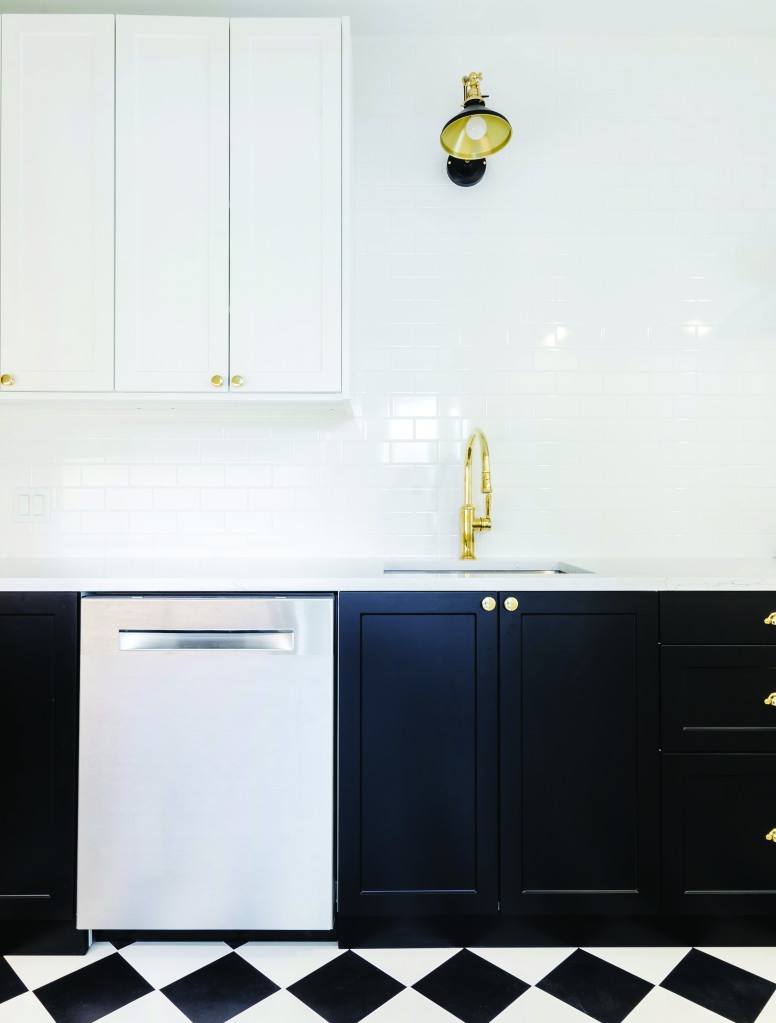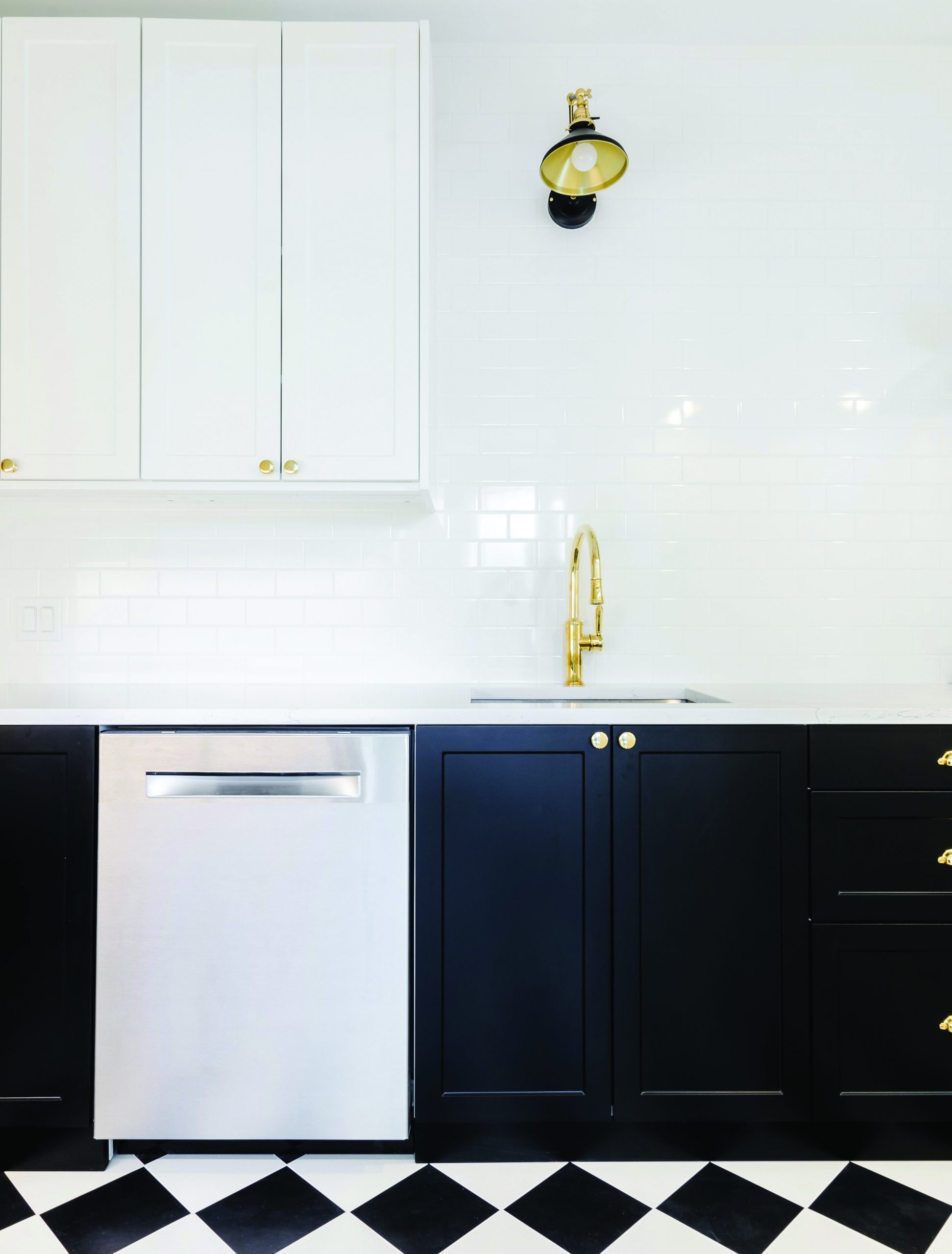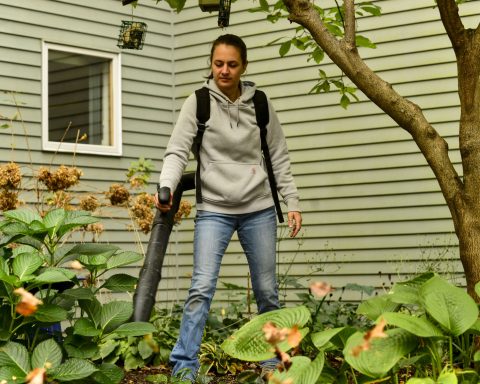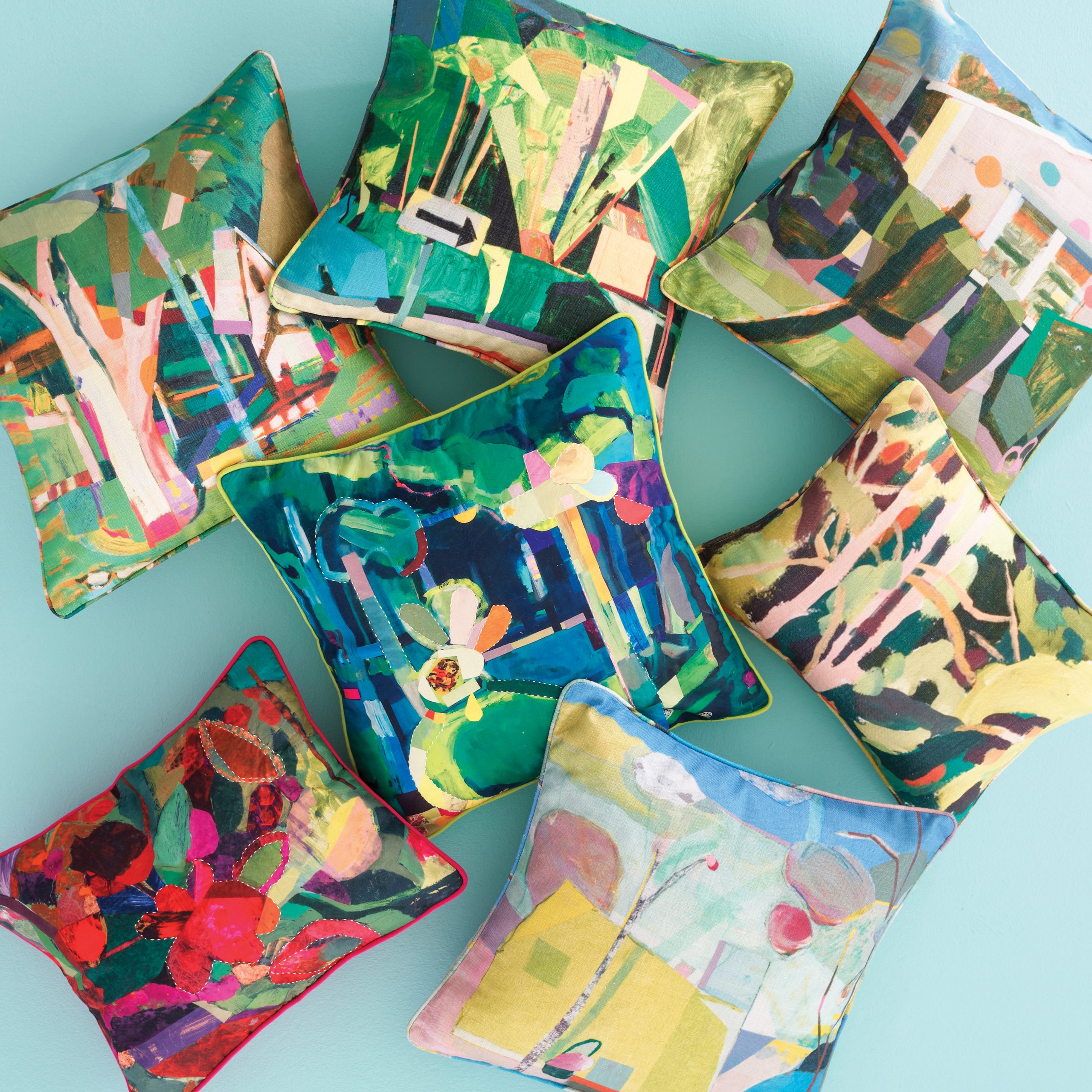Home staging for a successful sale
By Kimberly Kirchner
Getting a home ready for sale is a lot like getting ready for a job interview. You reach into the back of the closet for your nicest shirt and most sensible pair of slacks, washing and pressing until there’s not a wrinkle to be seen. The outfit may not express your individuality the way your favorite concert T-shirt or neon-sequined cocktail dress would, but that’s not the point. Interviewers aren’t usually interested in your personal style — they’re interested in whether or not you have what the employer needs.
When a potential buyer views your home, they’re considering how it will accommodate their lifestyle. The purpose of staging a house is to make it as easy as possible for buyers to visualize themselves living in it. Sometimes, that means clearing the kitchen counters and putting away toys; sometimes it means rearranging or removing furniture to better complement the space. An experienced real estate agent will be able to make an unbiased assessment of the home and identify where changes can be made to best showcase its potential.
Keep it tidy

“The first thing is to declutter,” says Christine Lewis, a broker at Brattleboro Area Realty who has been selling homes in Vermont and New Hampshire for over 30 years. “The kitchen is one of the most offending parts of the house because we have all of our cooking stuff out. We clear all of those surfaces and make them look big and sparkly, and inviting.”
The same goes for any spot where things tend to accumulate: coffee tables, desks, sideboards, playrooms. Aside from looking unpleasant, all that clutter can actually make rooms feel smaller than they really are. “Stuff it under the bed. Do whatever you have to do to get rid of the extra things in the room,” Lewis says.
Of course, staying clutter-free long enough to sell a home can be easier said than done, especially when children or pets are involved. Insisting on overnight notice from your agent before a showing can buy you time, but the easiest way to prevent a last-minute cleaning scramble is to tidy up often and carefully consider what things need to be accessible for day-to-day living, and what can be packed up and stored away until the home is sold.
“It’s a difficult thing to live with a lifestyle that can be picked up in a half-hour,” Lewis says. “If you box up what’s not being used and make it as clutter-free as you can, it’s much easier to put what’s left back in quick order. Getting some storage in your garage or a little pod is really helpful.”
Don’t get too personal
Part of showing a home is allowing strangers to poke around your living space, so it’s common sense to keep private items, like medication and sensitive paperwork, tucked safely out of sight. But other personal touches, like family photos, can be a matter of individual discretion. The prevailing wisdom in the real estate world is that these keepsakes should be put away during showings because they can interfere with potential buyers’ ability to picture themselves in the home.
Lewis, however, doesn’t see this as a hard-and-fast rule, especially in the small-town communities of rural New England. “A lot of people ask if they should take down their personal pictures. And I don’t recommend that,” she says. “I think it does give some warmth. I think in a city, where it’s a less personal business, maybe it’s different. But locally, I encourage people to keep the things that make them feel like it’s home.”
She does make an exception when it comes to potentially inflammatory items, like explicit artwork or political materials. “I actually had a woman who didn’t buy a house because it had a large political poster of the opposing party,” Lewis says. Anything that can trigger a strong negative reaction risks poisoning the buyer’s overall opinion of the home. If you wouldn’t bring it up at a dinner party, it should probably come down before you start showing.
Optimize your space

A well-staged home demonstrates the best possible use of the floor plan. Furniture should be placed in a way that maximizes space. That may call for rearranging the existing layout to be more efficient or removing overly bulky furniture to open up more floor area.
Lewis suggests giving spare rooms a real purpose — beyond serving as a dumping ground for spare junk. “If it’s a storage room, it’s really hard for people that need that fourth bedroom to see it as a fourth bedroom,” Lewis says. With the rise of remote working due to the COVID-19 pandemic, home offices are more desirable than ever. Bringing in a desk and some bookshelves can convert an underused room into a selling point.
When selling a house that’s already been vacated, setting up space with rented furniture can help potential buyers see how the home would function. This is especially true for small or oddly-shaped rooms that might require some creative thinking to furnish. “If you have a traditional type of home where people understand that visual, it’s not as necessary as if you’ve got a house with smaller rooms where people can’t figure out if a bed will fit,” Lewis says. “‘Can I put a bed in here? Can I put a couch in the living room?’ Those are the homes that I think benefit the most. It helps us spatially visualize if there’s furniture in the room. And it doesn’t have to be a lot. It just has to be well-placed.”
Mind the details
The reality is that a lived-in home is always going to look lived-in. Short of draping the whole place in plastic sheeting, there’s no practical way of keeping every surface perfectly, gleamingly clean. What you can do is keep an eye out for some of the less attractive realities of daily life — little details that, while totally normal, may detract from the domestic fantasy you’re hoping to inspire.
“The big offenders are having your toilet seat up, and having trash cans — especially bathroom trash cans — with open lids,” Lewis says. “Those personal things are really important because they’re noticeable.”
Dirty dishes in the dishwasher or a hamper full of unwashed laundry can subconsciously affect a buyer’s feelings about the home. The same goes for any messes made by animal companions. “A lot of times, the pet corner is not quite as tidy. We recommend that they take an extra look at that pet corner and make sure that that looks as tidy as it can,” Lewis says.
Litter boxes should be moved out of sight, if possible, or at least freshly scooped, and the area around them swept clear of any stray kitty litter. Mop up any spills or splashes around water bowls and remove uneaten food. While it may seem like a Sisyphean task, at least make an effort to clean up loose pet hairs; if you haven’t already, now is the time to invest in a multipack of adhesive lint rollers.
Tanks and cages should be spot cleaned immediately before leaving the house, if they can’t be removed altogether. If the tank’s resident has to stay behind during the showing, consider covering the enclosure with a blanket, to limit stress on both the animal and — in the case of less cuddly critters, like spiders and snakes — your potential buyers.
Stay on top of lawn maintenance in the warmer months and snow removal during the winter, especially in outdoor living spaces, like decks and patios. Keep in mind what serves as the primary entrance to the home, as it’s often not the front door. The path buyers walk when entering the home for the first time is just as important as the view from the street, so make sure walkways are clear and mudrooms or entryways are clean and organized.
Do frequent checks around the exterior of the house for damage to the trim and siding, and keep the windows clean. “The key is that it wants to look well-cared-for from the outside, so that they will come in with that expectation on the inside,” Lewis says.
And finally, Lewis suggests, “Pull up all the shades, open the blinds and turn on the lights!”
Do the best you can
Selling a home is stressful, physically, financially and emotionally. It’s easy to be overwhelmed by all the do’s and don’ts thrown your way by home design magazines and television real estate gurus. The best way to fight off that anxiety is to take a good, long look at what you can — and cannot — change within the reality of your daily life.
“Most people don’t have the energy or the time to take everything out of the room, paint it and redo it,” Lewis says. “We try to remember that most of the houses that we sell, people do live in them on a daily basis, and we have to respect as much as we can what their lifestyle is.”
Prepping your home for viewing is not an all-or-nothing proposition. Know what is possible and practical given your individual circumstances, and look to your agent for help on focusing your efforts where they’re needed most.
“Staging is really productive if you can do it,” Lewis says. “Not everybody can do it, but they can do bits of that. And every bit that they can do helps their house be that much higher on the list than somebody else.”
Kimberly Kirchner is the art director for UpCountry magazine. She lives in the Berkshires with her partner, their cat and just enough lizards to keep things interesting.











